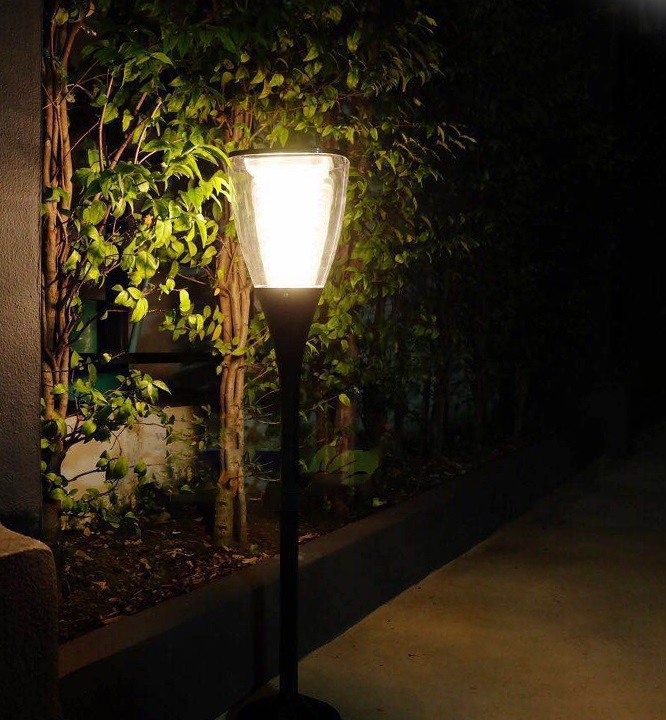Solar street light systems often use charge controllers. The solar controller is the heart of the solar system, monitoring the charging process of the solar panels and ensuring that the batteries are charged within safe limits.

Control role
The basic role of the solar street light controller is of course to have a control role, when the solar panel irradiation with solar energy, the solar panel will charge the battery, this time the controller will automatically detect the charging voltage, to give the solar lamps and lanterns output voltage, to the solar street light glow. If the battery is overcharged, it may explode or catch fire, causing a serious safety hazard. If the battery is over-discharged, it may cause damage to the battery, thus shortening its life.
Boosting role
The solar street light controller also has a boosting effect, that is, when the controller does not detect the voltage output, the solar street light controller control distance output voltage if the battery voltage is 24V, but to reach the normal light needs 36V, then the controller will boost the voltage so that the battery can reach the level of light. This function is necessary through the solar street light controller to achieve the LED lights.
Voltage stabilisation
When the solar energy shines into the solar panel, the solar panel will charge the battery, and the voltage at this time is very unstable. If charging is done directly, it may reduce the service life of the battery and may even cause bad to the battery.
The controller has a voltage regulator which it can limit the voltage of the input battery to a constant voltage so that when the battery is fully charged, it can charge or not charge a small part of the current.
All in all, the charge controller is an important part of the solar street light system.